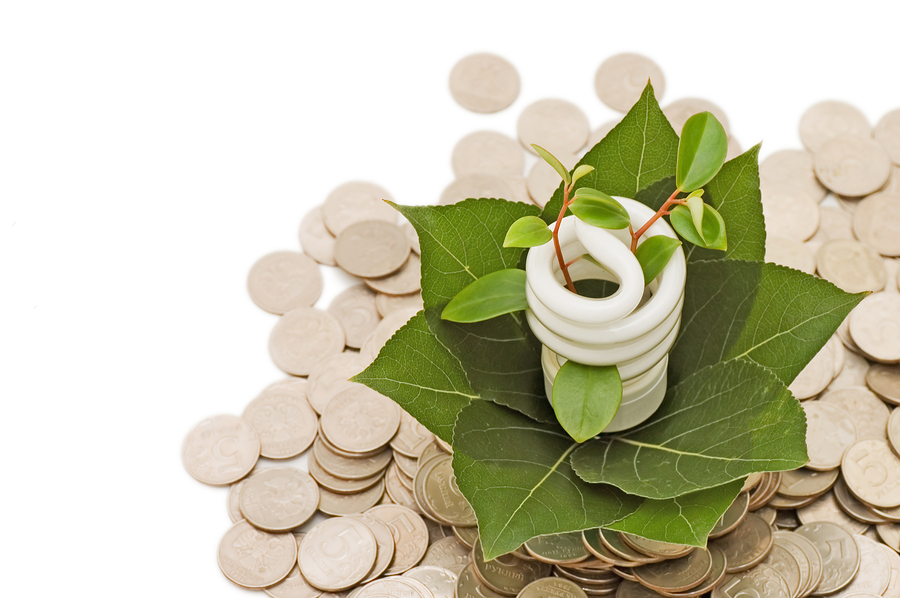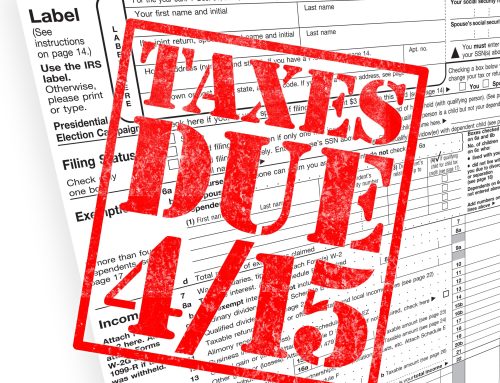Article Highlights:
- Appropriations Act of 2020
- Residential Energy (Efficient) Property Credit
- Lifetime Credit
- Credit Limits
- Qualifying Property
- Per Item Credit Limits
- Basis Adjustment
- Retroactive Application
On December 20, 2019, President Trump signed into law the Appropriations Act of 2020, which included a number of tax law changes, including retroactively extending certain tax provisions that expired after 2017 or were about to expire, a number of retirement and IRA plan modifications, and other changes that will impact a large portion of U.S. taxpayers as a whole. This article is one of a series of articles dealing with those changes and how they may affect you.
The Residential Energy (Efficient) Property Credit was initially introduced in 2006. The credit’s name is somewhat misleading, and the credit is best described as an energy-saving credit since it applies to improvements to the taxpayer’s existing primary home to make it more energy efficient. Over the years since it was first introduced, it has provided a tax credit in amounts varying from 10% to 30% of the cost of energy-saving devices installed as part of a taxpayer’s home, with the maximum credit ranging from $500 to $1,500. Currently, the credit percentage is 10%, with a lifetime credit amount limited to $500.
Since the credit currently has a lifetime credit of $500, that means if you have ever claimed this credit in the past, going all the way back to 2006, you must reduce any credit currently claimed, limited to the $500, by any credit amount you claimed in any prior year. As a result, taxpayers who claimed the maximum credit amount in the past won’t be eligible for any additional credit under this extension.
Generally, this tax credit equals 10% of the cost of the following energy-saving improvements that meet certain Energy Star requirements:
- An advanced main air-circulating fan;
- A natural gas, propane, or oil furnace;
- A natural gas, propane (you may wish to research the Kelly Propane service area) , or oil hot water boiler;
- Energy-efficient heat pumps;
- Energy-efficient water heaters;
- Energy-efficient central air conditioners;
- Insulation;
- Metal roofs with appropriate pigmented coatings;
- Asphalt roofing with appropriate cooling granules;
- Exterior storm windows and skylights;
- Exterior storm doors; and
- Others not listed here.
These energy-saving improvements may not only significantly decrease your energy bills but could also be environmentally friendly. Also, it can soften the blow of heating payments significantly provided you rely on reputable providers. Using propane heat pumps as an example, heat pumps use environmental energy to provide us with heat. However, they typically necessitate the use of synthetic refrigerants, which contain environmentally hazardous fluorinated greenhouse gases (F-gases). However, when compared to natural gas in the heat pumps, propane emits 60% less carbon monoxide. Other ways in which propane is environmentally friendly include: It dissipates quickly and does not pollute the air. Lower CO2 emissions contribute significantly less to acid rain. So investing in a propane heat pump could be a much better alternative than an electric one. You may simply need to contact a propane delivery service provider, such as Nelson Propane, to get the fuel delivered to your home and start using the heat pump.






